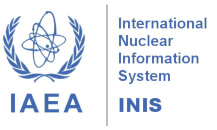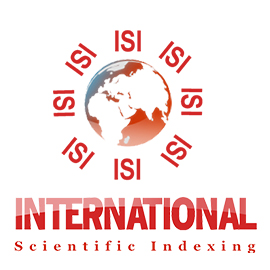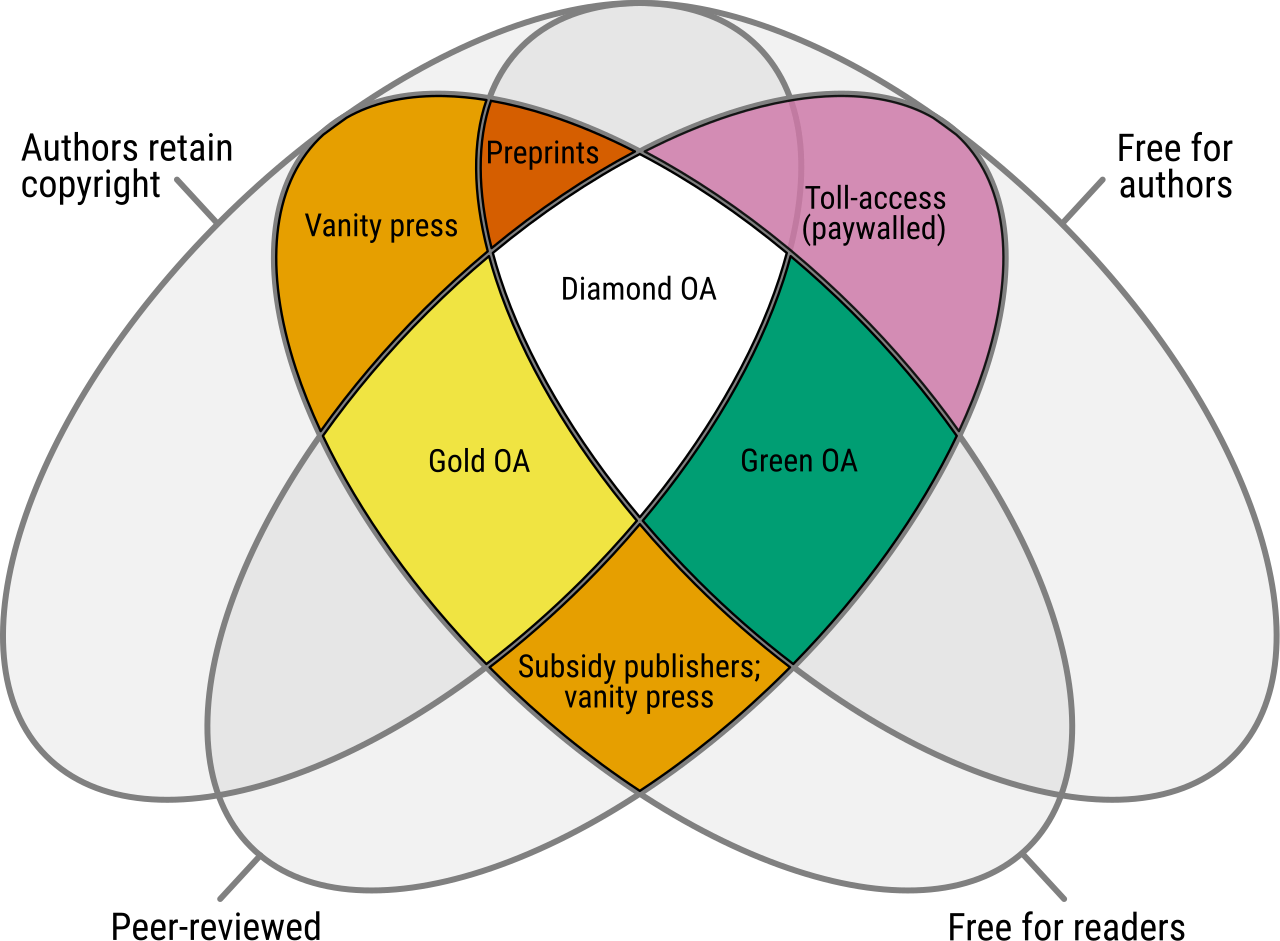Implementation of automation tools for test analysis in the Radiotherapy Quality Assurance Programs
DOI:
https://doi.org/10.15392/2319-0612.2025.2866Palabras clave:
Radiotherapy , Quality Assurance, PythonResumen
The increasing complexity of techniques used in radiotherapy demands a quality assurance program that evolves to ensure efficient quality control of equipment and associated devices. Many periodic tests rely on analyzing acquired images, typically compared to predefined standards to verify consistancy—checks that can often be automated. Automated analyses enable greater standardization, reduced subjectivity, improved accuracy, and shorter quality control times. To implement such tools, it is essential to assess factors such as accuracy, error detection sensitivity, adaptability to institution needs, and ease of access and use for those involved in quality control processes. This study evaluated two automation tool interfaces: the commercial SunCHECK Machine by Sun Nuclear® and a web application implementing modules from the open-source Pylinac library. Both interfaces were suitable to the quality assurance program, using coherent methodologies to calculate key metrics outlined in reference documents. Each tool has unique features and specific considerations, highlighted throughout the study based on evaluating Picket Fence, Star Shot, Winston-Lutz tests, field analysis, and Cone Beam Computed Tomography image quality. The findings highlight the importance of conducting studies during the implementation phase of such tools to understand the algorithms used and establish appropriate usage and control measures for routine practice. Both interfaces proved capable of quantifying the relevant quantities based on the reference documents, providing more efficient and effective quality control.
Descargas
Referencias
[1] KLEIN, E. E.; HANLEY, J.; YIN, F. F.; et al. Task Group 142 report: Quality assurance of medical accelerators. Medical Physics, v. 36, n. 9, p. 4197–4212, 17 set. 2009. DOI: 10.1118/1.3190392. DOI: https://doi.org/10.1118/1.3190392
[2] SAW, C.; FERENCI, M.; WAGNER, J. H. Technical aspects of quality assurance in radiation oncology. Biomedical Imaging and Intervention Journal, v. 4, n. 3, jul. 2008. DOI: 10.2349/biij.4.3.e48. DOI: https://doi.org/10.2349/biij.4.3.e48
[3] FURNARI, L. (2015). Controle de qualidade em radioterapia. Revista Brasileira De Física Médica, v. 3(1), p. 77–90, 2009. DOI: 10.29384/rbfm.2009.v3.n1.p77-90.
[4] CONNELL, P. P.; HELLMAN, S. Advances in Radiotherapy and Implications for the Next Century: A Historical Perspective, Cancer Research, v. 69, n. 2, p. 383–392, 15 jan. 2009. DOI: 10.1158/0008-5472.CAN-07-6871. DOI: https://doi.org/10.1158/0008-5472.CAN-07-6871
[5] LUTZ, W.; WINSTON, K. R.; MALEKI, N. A system for stereotactic radiosurgery with a linear accelerator. International Journal of Radiation Oncology Biology Physics, v. 14, n. 2, p. 373–381, fev. 1988. DOI: 10.1016/0360-3016(88)90446-4. DOI: https://doi.org/10.1016/0360-3016(88)90446-4
[6] WOO, M. K.; O’BRIEN, P.; GILLIES, B.; et al. Mechanical and radiation isocenter coincidence: An experience in linear accelerator alignment. Medical Physics, v. 19, n. 2, p. 357–359, mar. 1992. DOI: 10.1118/1.596866. DOI: https://doi.org/10.1118/1.596866
[7] LING, C. C.; ZHANG, P.; ARCHAMBAULT, Y.; et al. Commissioning and Quality Assurance of RapidArc Radiotherapy Delivery System. International Journal of Radiation Oncology Biology Physics, v. 72, n. 2, p. 575–581, out. 2008. DOI: 10.1016/j.ijrobp.2008.05.060. DOI: https://doi.org/10.1016/j.ijrobp.2008.05.060
[8] BREDIKIN, A. Z.; WALSH, M. J. Dose rate versus gantry speed performance evaluation for slow gantry speeds using DICOM RT plans. Journal of Applied Clinical Medical Physics, v. 23, n. 10, 19 out. 2022. DOI: 10.1002/acm2.13786. DOI: https://doi.org/10.1002/acm2.13786
[9] BISSONNETTE, J.; BALTER, P. A.; DONG, L., et al. Quality assurance for image‐guided radiation therapy utilizing CT‐based technologies: A report of the AAPM TG‐179, Medical Physics, v. 39, n. 4, p. 1946–1963, 20 abr. 2012. DOI: 10.1118/1.3690466. DOI: https://doi.org/10.1118/1.3690466
[10] STAMBAUGH, C.; YANCEY, J.; SHUKLA, U.; et al. Daily Quality Assurance Efficiency Evaluation Using SunCHECK Machine and Machine Performance Check. Cureus, 2 mar. 2023. DOI: 10.7759/cureus.35695. DOI: https://doi.org/10.7759/cureus.35695
[11] DHOUNDIYAL, M.; RASAL, S.; GUPTE, A.; et al. Validation and Efficiency Evaluation of Automated Quality Assurance Software SunCHECKTM Machine for Mechanical and Dosimetric Quality Assurance. Journal of Medical Physics, v. 49, n. 2, p. 311–315, abr. 2024. DOI: 10.4103/jmp.jmp_158_23. DOI: https://doi.org/10.4103/jmp.jmp_158_23
[12] BONANNO, E.; BORZÌ, G. R.; CAVALLI, N.; et al. Use of an automated software module for monthly routine Machine QA tests. Journal of Instrumentation, v. 18, n. 07, p. T07010, 1 jul. 2023. DOI: 10.1088/1748-0221/18/07/T07010. DOI: https://doi.org/10.1088/1748-0221/18/07/T07010
[13] KERNS, J. R. Pylinac: Image analysis for routine quality assurance in radiotherapy. Journal of Open Source Software, v. 8, n. 92, p. 6001, 3 dez. 2023. DOI: 10.21105/joss.06001. DOI: https://doi.org/10.21105/joss.06001
[14] KRAUSS, R. F.; BALIK, S.; CIRINO, E. T.; et al. AAPM Medical Physics Practice Guideline 8.b: Linear accelerator performance tests. Journal of Applied Clinical Medical Physics, v. 24, n. 11, 1 nov. 2023a. DOI: 10.1002/acm2.14160. DOI: https://doi.org/10.1002/acm2.14160
[15] HANLEY, J.; DRESSER, S.; SIMON, W.; et al. AAPM Task Group 198 Report: An implementation guide for TG 142 quality assurance of medical accelerators. Medical Physics, v. 48, n. 10, 11 out. 2021. DOI: 10.1002/mp.14992. DOI: https://doi.org/10.1002/mp.14992
[16] HALVORSEN, P. H.; CIRINO, E.; DAS, I. J.; et al. Medical Physics Practice Guideline 9.a. for SRS/SBRT. Journal of Applied Clinical Medical Physics, v. 18, n. 5, p. 10–21, 8 set. 2017. DOI: 10.1002/acm2.12146. DOI: https://doi.org/10.1002/acm2.12146
[17] Phantom Laboratory Incorporated. Catphan ® 604 Manual. Salem, NY, USA, 2015.
[18] LIM, R.; PECONONCELLO, G. P; HOBBIS, D.; et al. Technical note: Characterization of novel iterative reconstructed cone beam CT images for dose tracking and adaptive radiotherapy on L-shape linacs. Medical Physics, v.49, n. 12, p 7715-7732, dez. 2022. DOI: 10.1002/mp.15943. DOI: https://doi.org/10.1002/mp.15943
[19] SunCHECK® Machine Reference Guide. Sun Nuclear, Melbourne, FL, USA, 2024.
[20] Streamlit library. Available at: https://docs.streamlit.io/. Accessed on: April 6,2025
[21] MAMALUI‐HUNTER, M.; LI, H.; LOW, D. A. MLC quality assurance using EPID: A fitting technique with subpixel precision. Medical Physics, v. 35, n. 6Part1, p. 2347–2355, 19 jun. 2008. DOI: 10.1118/1.2919560. DOI: https://doi.org/10.1118/1.2919560
[22] GONZÁLEZ, A.; CASTRO, I.; MARTÍNEZ, J. A. A procedure to determine the radiation isocenter size in a linear accelerator. Medical Physics, v. 31, n. 6, p. 1489–1493, 24 jun. 2004. DOI: 10.1118/1.1755491. DOI: https://doi.org/10.1118/1.1755491
[23] DEPUYDT, T.; PENNE, R.; VERELLEN, D.; et al. Computer-aided analysis of star shot films for high-accuracy radiation therapy treatment units. Physics in Medicine and Biology, v. 57, n. 10, p. 2997–3011, 21 maio 2012. DOI: 10.1088/0031-9155/57/10/2997. DOI: https://doi.org/10.1088/0031-9155/57/10/2997
[24] LOW, D. A.; LI, Z.; DRZYMALA, R. E. Minimization of target positioning error in accelerator‐based radiosurgery. Medical Physics, v. 22, n. 4, p. 443–448, 4 abr. 1995. DOI: 10.1118/1.597475. DOI: https://doi.org/10.1118/1.597475
[25] WINKLER, P.; BERGMANN, H.; STUECKLSCHWEIGER, G.; et al. Introducing a system for automated control of rotation axes, collimator and laser adjustment for a medical linear accelerator. Physics in Medicine and Biology, v. 48, n. 9, p. 1123–1132, 7 maio 2003. DOI: 10.1088/0031-9155/48/9/303. DOI: https://doi.org/10.1088/0031-9155/48/9/303
[26] HANCOCK, S.; HYER, D.; NIXON, E. SU‐E‐T‐54: A New Method for Optimizing Radiation Isocenter for Linac‐Based SRS. Medical Physics, v. 42, n. 6Part12, p. 3343–3343, 29 jun. 2015. DOI: 10.1118/1.4924415. DOI: https://doi.org/10.1118/1.4924415
[27] BUSHBERG, J. T.; SEIBERT, J. A.; LEIDHOLDT, E. M.; et al. The Essential Physics of Medical Imaging. Philadelphia, PA, US: Lippincott Williams and Wilkins (3Ed), 2012. ISBN 978-0-7817-8057-5
[28] ROSE, A. The Sensitivity Performance of the Human Eye on an Absolute Scale. Journal of the Optical Society of America, v. 38, n. 2, p. 196, 1 fev. 1948. DOI: 10.1364/JOSA.38.000196. DOI: https://doi.org/10.1364/JOSA.38.000196
[29] ELSTRØM, U. V.; MUREN, L. P.; PETERSEN, J. B. B.; et al. Evaluation of image quality for different kV cone-beam CT acquisition and reconstruction methods in the head and neck region. Acta Oncologica, v. 50, n. 6, p. 908–917, 18 ago. 2011. DOI: 10.3109/0284186X.2011.590525. DOI: https://doi.org/10.3109/0284186X.2011.590525
Descargas
Publicado
Número
Sección
Licencia
Derechos de autor 2025 João Guilherme Rivera Santiago, Laura Furnari, Marcus Vinicius Saad de Paula Rodrigues, Victor Augusto Bertotti Ribeiro

Esta obra está bajo una licencia internacional Creative Commons Atribución 4.0.
Licencia: los artículos de BJRS tienen una licencia internacional Creative Commons Attribution 4.0, que permite el uso, el intercambio, la adaptación, la distribución y la reproducción en cualquier medio o formato, siempre que se otorgue el crédito correspondiente al autor o autores originales y a la fuente, proporcione un enlace a la licencia Creative Commons e indique si se realizaron cambios. Las imágenes u otros materiales de terceros en el artículo están incluidos en la licencia Creative Commons del artículo, a menos que se indique lo contrario en una línea de crédito al material. Si el material no está incluido en la licencia Creative Commons del artículo y su uso previsto no está permitido por la regulación legal o excede el uso permitido, el autor deberá obtener el permiso directamente del titular de los derechos de autor. Para ver una copia de esta licencia, visite http://creativecommons.org/licenses/by/4.0/






















